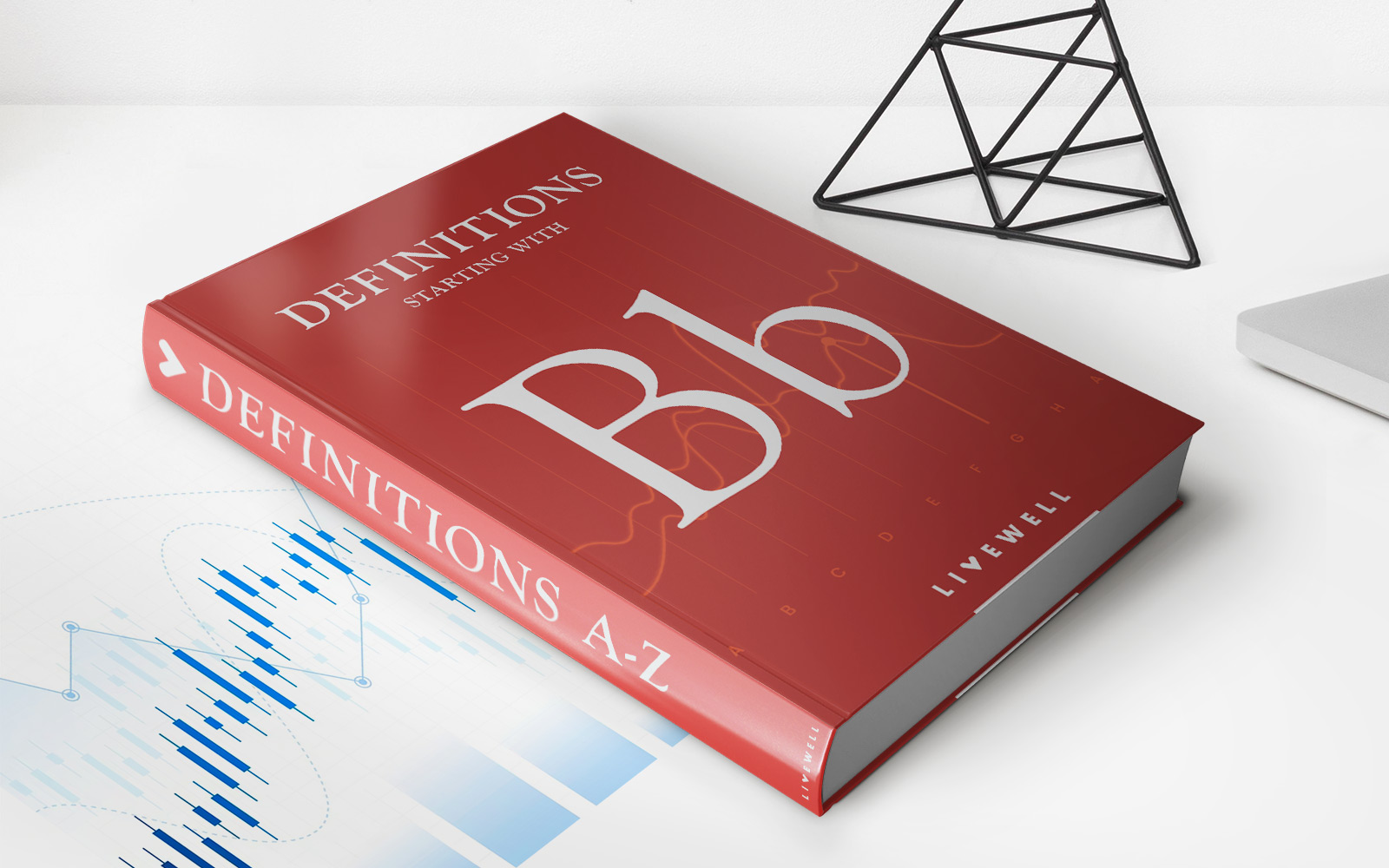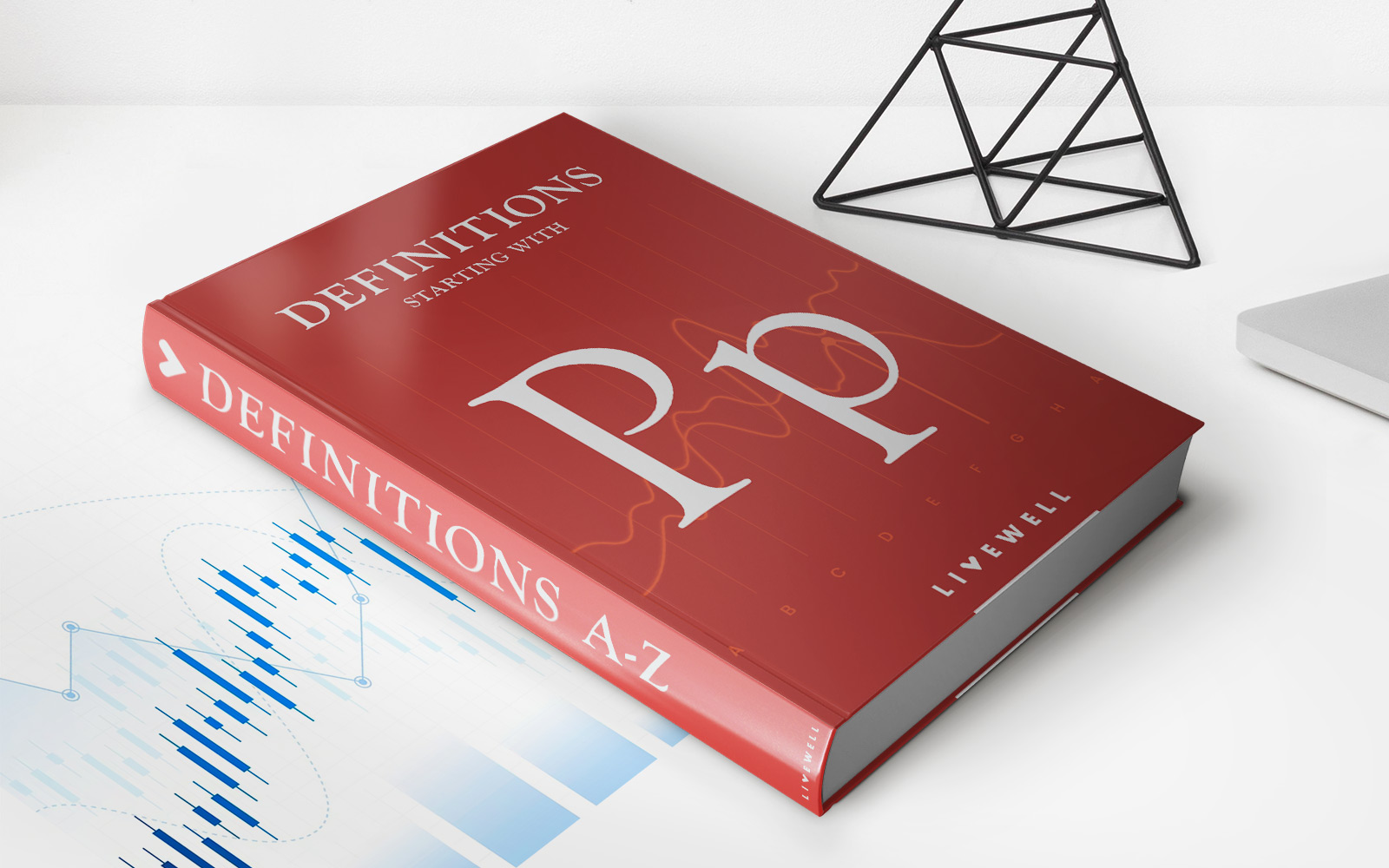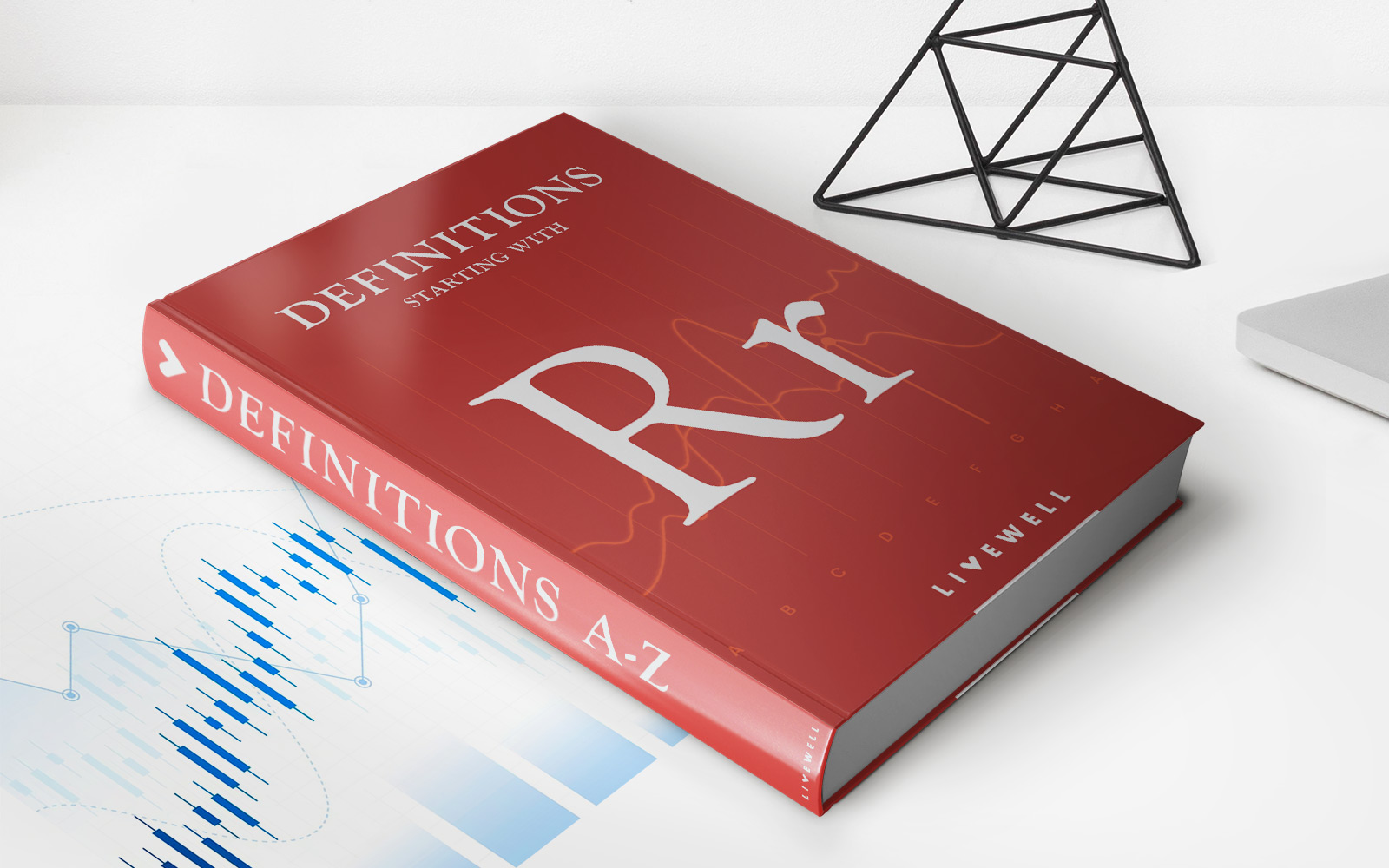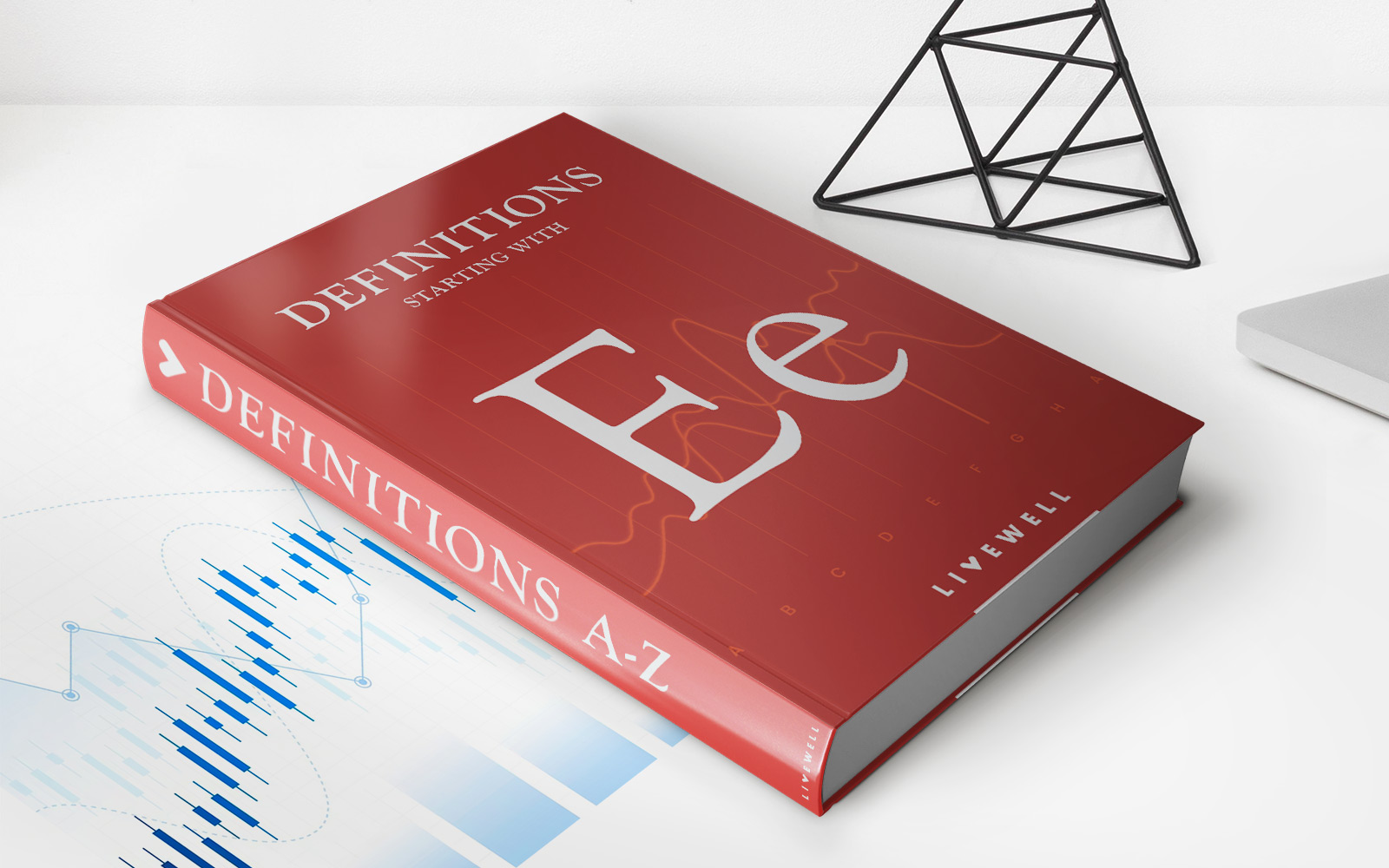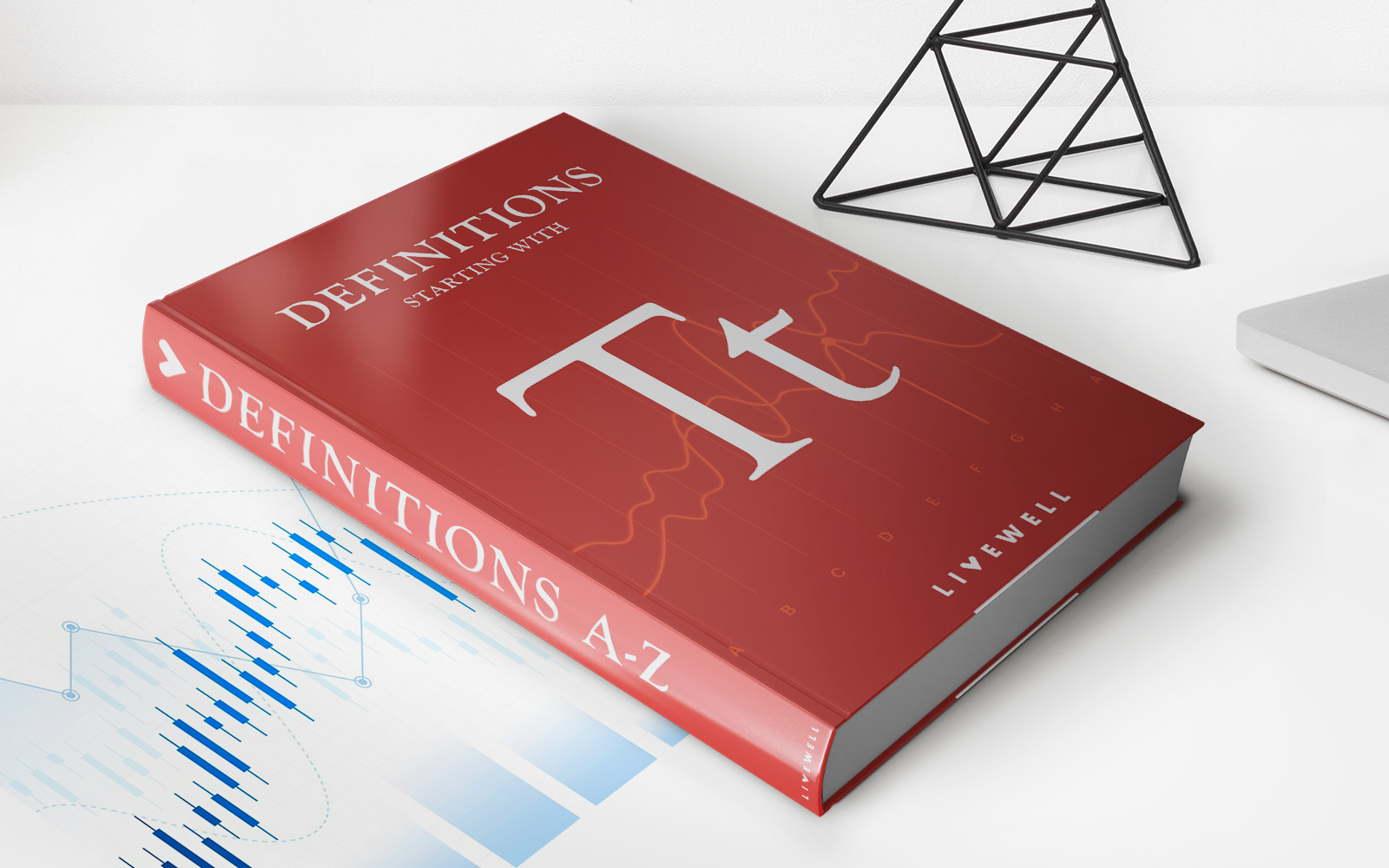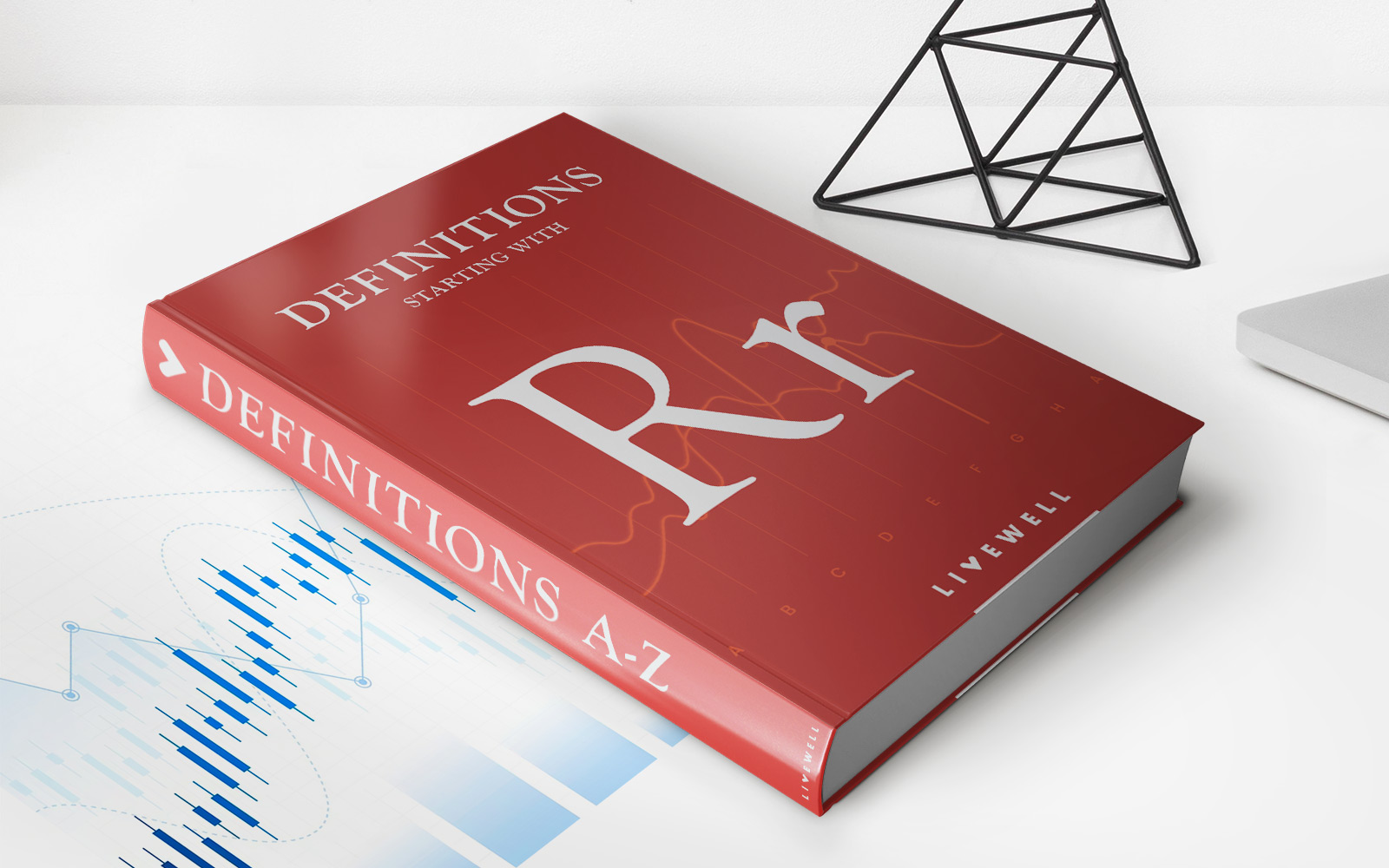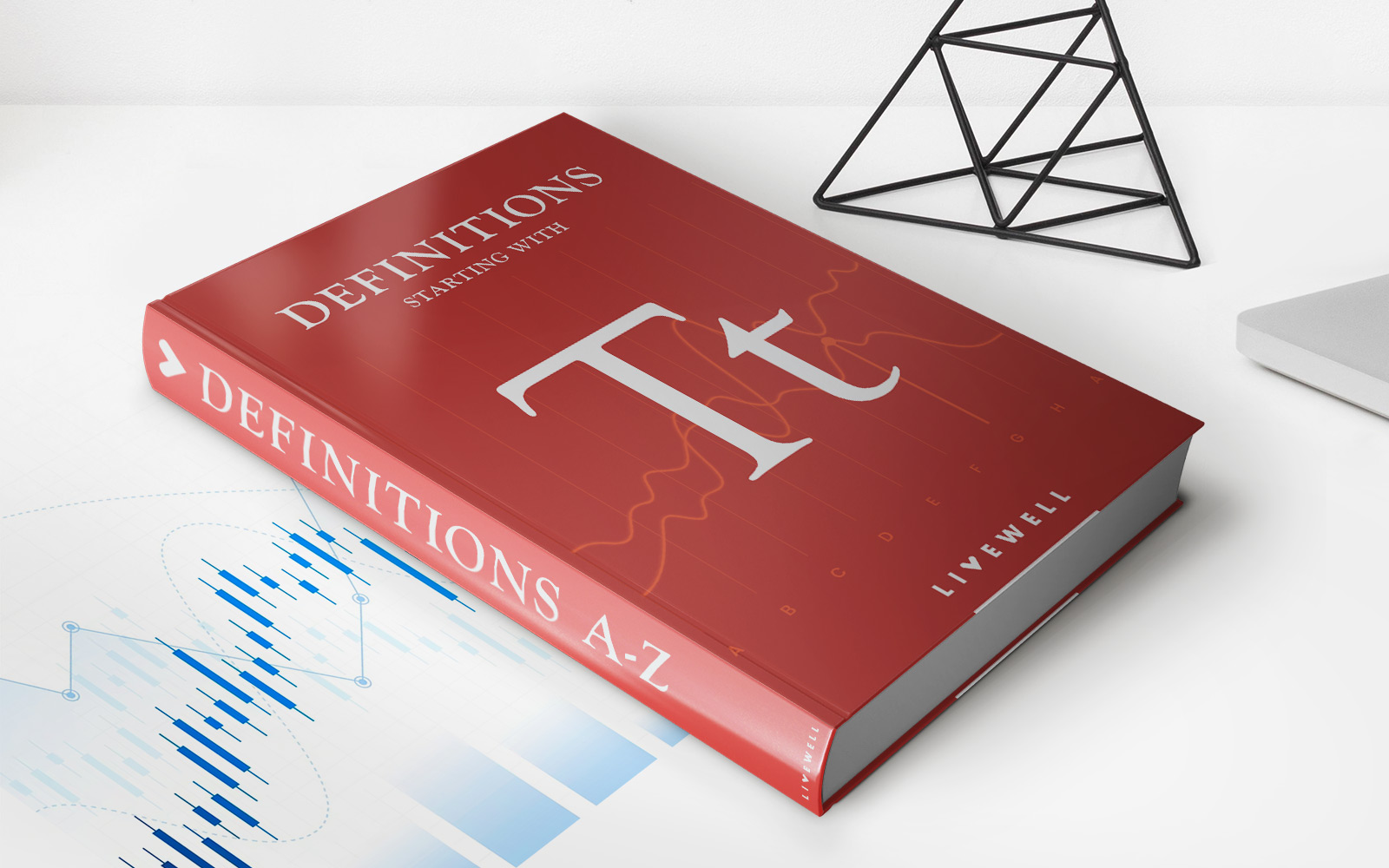Home>Finance>What Is A Petition? Definition, How It Works, And Example
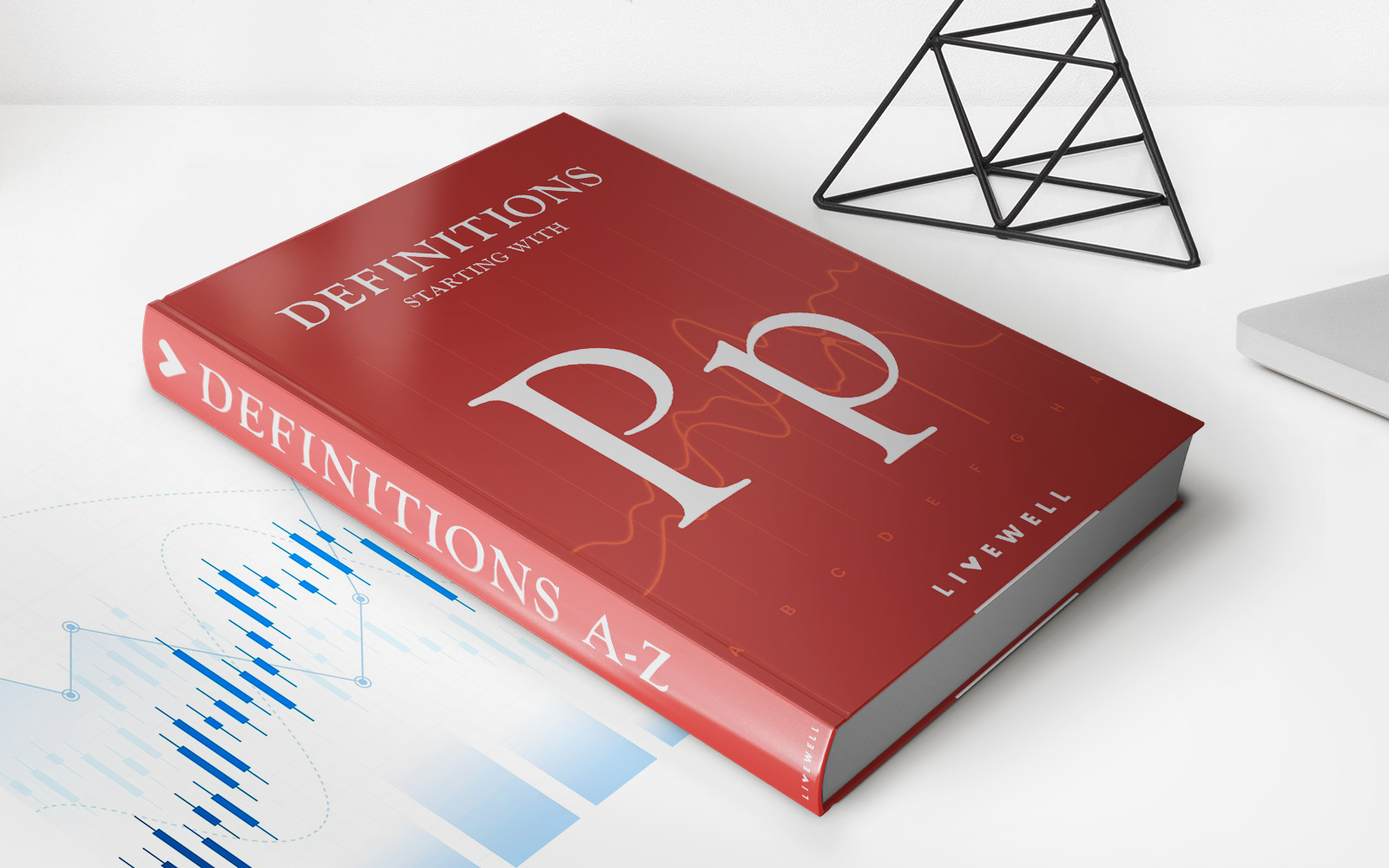

Finance
What Is A Petition? Definition, How It Works, And Example
Published: January 7, 2024
Discover the definition, functionality, and see an example of a petition in finance. Understand how this powerful tool works for advocating change.
(Many of the links in this article redirect to a specific reviewed product. Your purchase of these products through affiliate links helps to generate commission for LiveWell, at no extra cost. Learn more)
What is a Petition? Definition, How It Works, and Example
Have you ever felt strongly about a cause or an issue that you believe needs attention or action? If so, you might have considered signing or creating a petition. Petitions have been a long-standing tool for individuals and communities to make their voices heard and bring about change. In this blog post, we will explore the definition of a petition, how it works, and provide an example to better understand its purpose and significance in our society.
Key Takeaways:
- A petition is a formal request, usually in the form of a written document, that seeks support or action from individuals, organizations, or the government.
- It outlines the grievances, concerns, or desires of the petitioner and collects signatures to demonstrate support for the cause.
Defining a Petition
A petition can be defined as a formal written request or appeal, often addressed to a specific individual or organization, that intends to bring attention or action to a particular issue. It serves as a means for individuals, groups, or communities to express their opinions, ask for redress, or demand changes in policies, laws, or regulations.
Petitions can cover a wide range of topics and can be used locally, nationally, or even globally. Whether it’s advocating for environmental issues, social justice, human rights, or expressing support for a particular cause, petitions serve as a powerful way to rally like-minded individuals and amplify a collective voice.
How Does a Petition Work?
The process of creating and signing a petition is relatively straightforward:
- Identify the issue: Determine the cause or issue that you want to address through the petition. It should be a matter that you believe needs attention or change.
- Research and gather supporting information: Collect relevant facts, statistics, or evidence to support your cause. This will help to make your petition more compelling and informative.
- Write the petition: Formulate a concise and clear statement that outlines the issue, the desired outcome, and supporting arguments. Be persuasive and act as a guide for potential signatories to understand the purpose and significance of the petition.
- Collect signatures: Circulate the petition among your network, share it on social media, or submit it to relevant platforms or organizations to gather signatures. Signatories can provide their support by signing their names and sometimes providing additional information such as their addresses or email contacts.
- Deliver the petition: Once you have collected a substantial number of signatures, deliver the petition to the appropriate recipient(s). This can be a government official, a representative, or an organization relevant to the cause.
- Follow up and monitor: Stay engaged with the cause and keep track of any feedback or responses received. Petitions can be an ongoing effort, and further action may be necessary to achieve the desired outcomes.
An Example of a Petition
To illustrate how a petition works, let’s consider an example:
Issue: Plastic Pollution
A concerned citizen notices increased plastic waste in their community and is alarmed by its detrimental impact on the ecosystem. They decide to create a petition to encourage local businesses and municipal authorities to adopt more sustainable practices to reduce plastic pollution.
The petitioner researches the issue, gathers data on the harmful effects of plastic waste, and writes a compelling petition outlining the need for change. They emphasize the importance of adopting alternatives to single-use plastics, promoting recycling initiatives, and implementing stricter regulations on plastic waste management.
Through social media platforms, community forums, and local events, the petitioner manages to gather thousands of signatures from community members, neighboring towns, and even individuals across the globe who share their concerns.
The petition is then delivered to the local government officials, business owners, and relevant environmental organizations. It garners media attention, further raising awareness about the issue. As a result, the local authorities decide to implement new policies, including banning single-use plastics in public places and promoting eco-friendly alternatives.
This example demonstrates how a petition can serve as a catalyst for change, uniting people and organizations behind a shared cause and influencing decision-making processes.
Conclusion
Petitions are a powerful tool for individuals and communities to raise their collective voice and bring about change. By defining the concept of a petition, understanding how it works, and exploring an example, we have shed light on the significance and impact this age-old mechanism has in our society. So, if you feel strongly about something, don’t hesitate to create or sign a petition and make your voice heard. Every signature counts!




